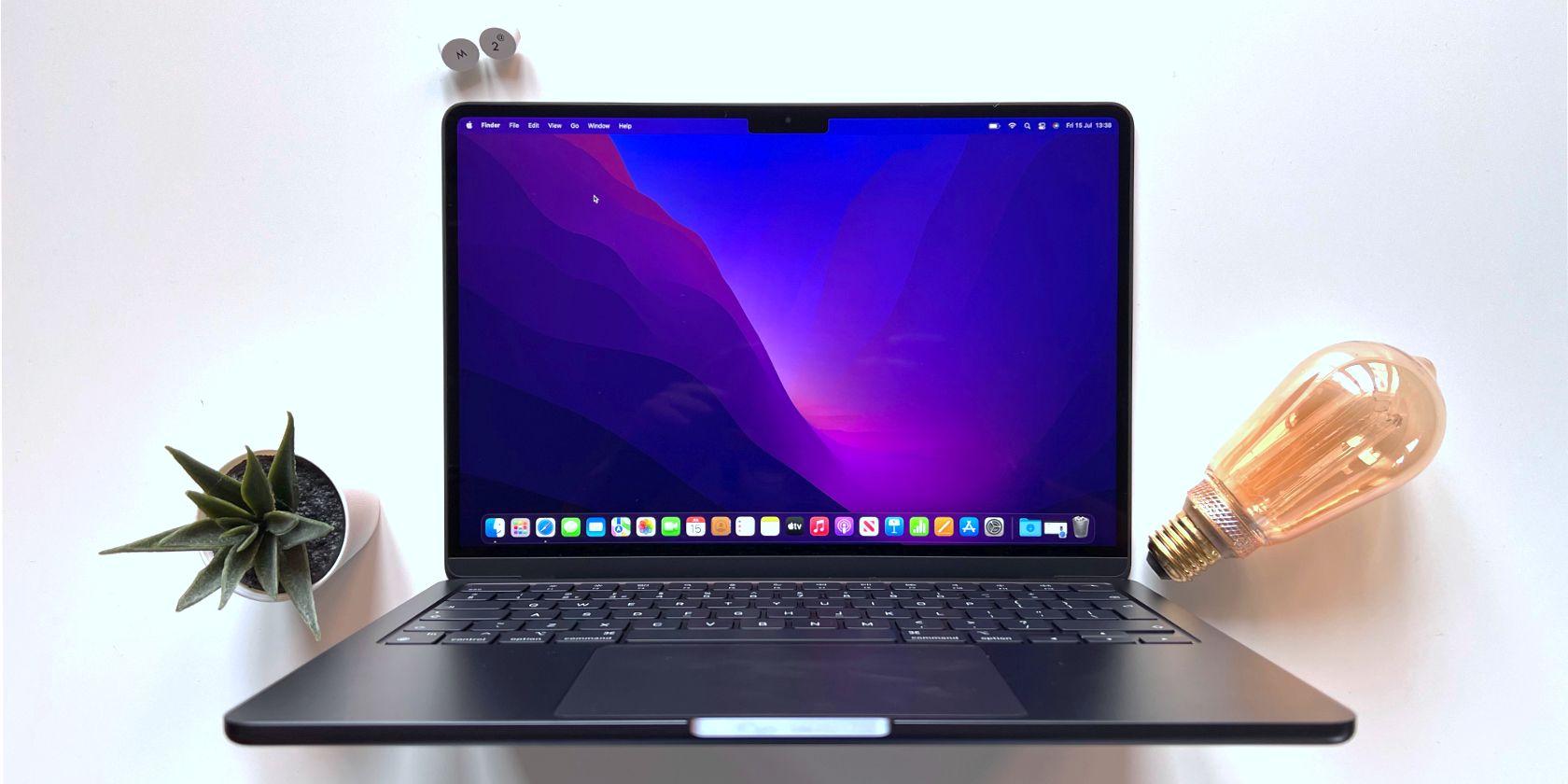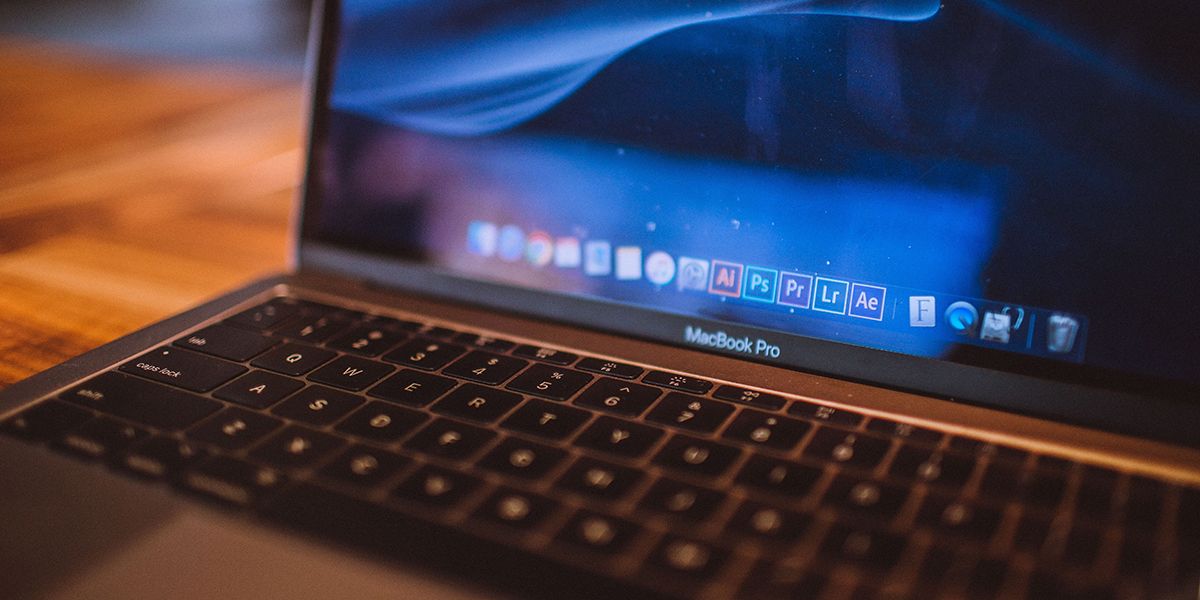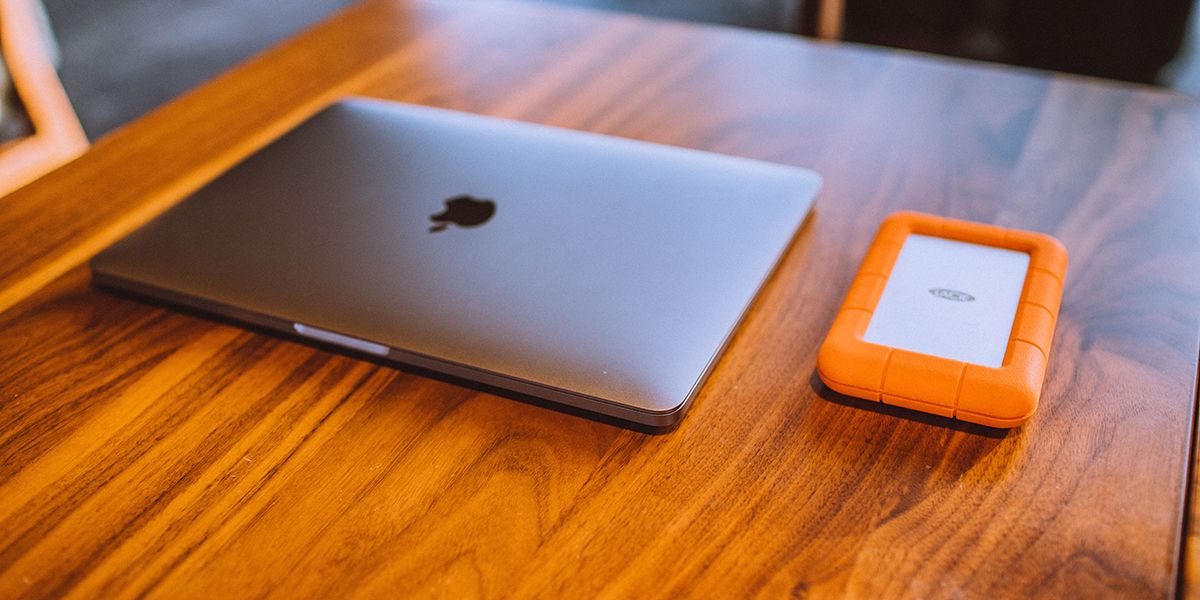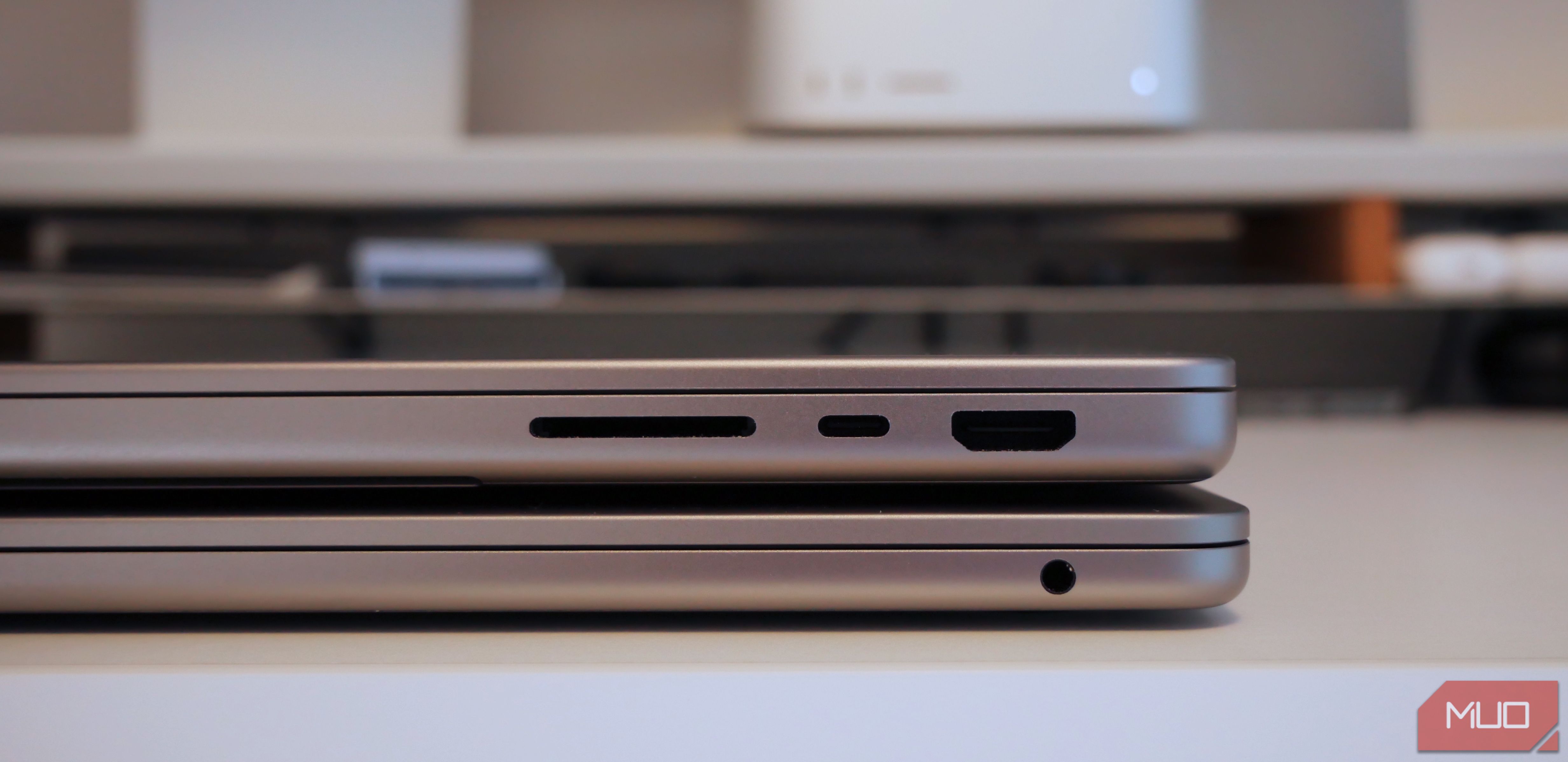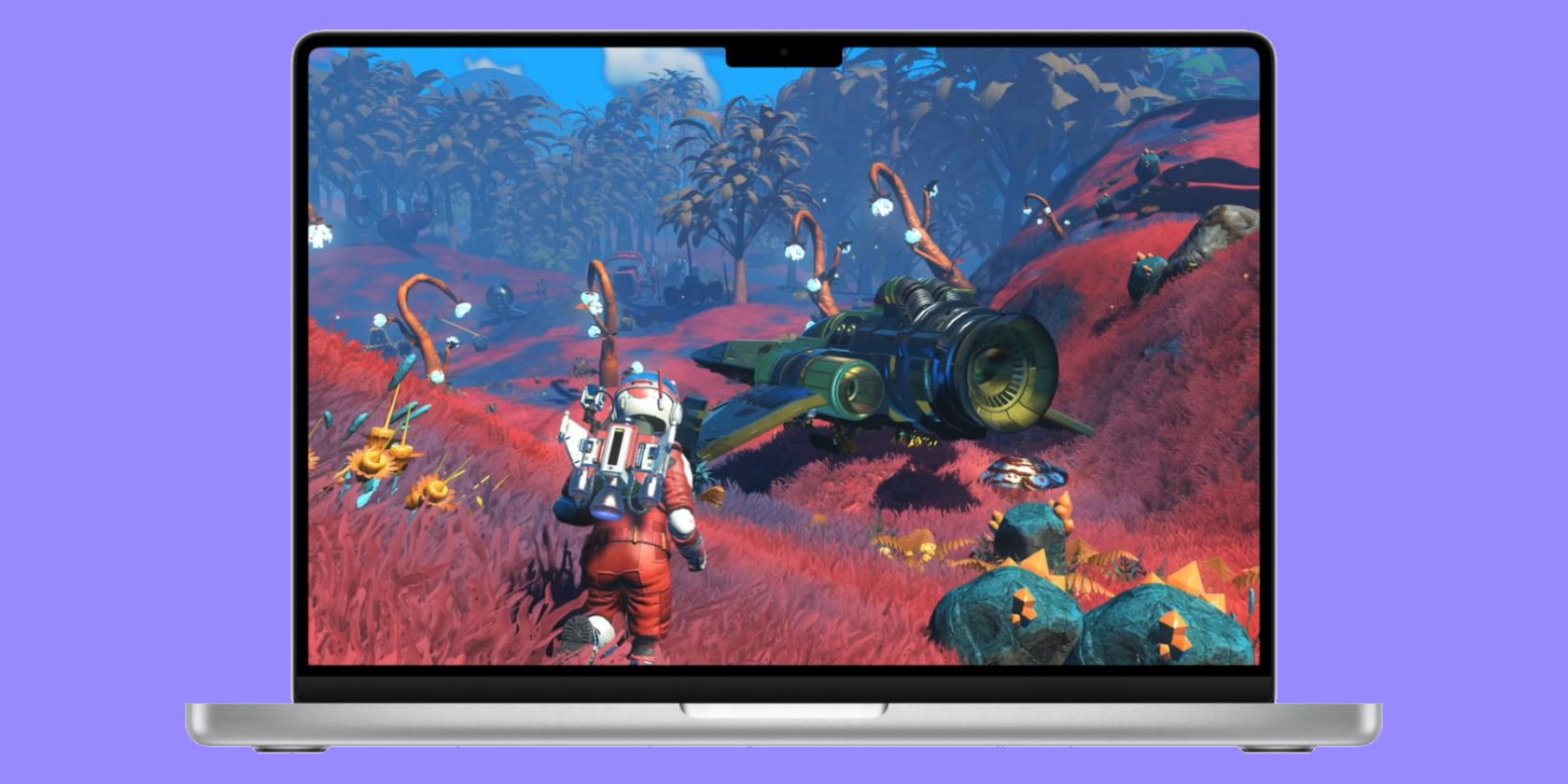MacBooks are generally regarded as high-quality and reliable computers, but they sure are pricey machines. While many people adore MacBooks and their design, there are some considerable downsides that you should consider before buying one.
We've broken these MacBook downsides down for you below so you can decide whether or not a new MacBook is right for you after all.
1. Price
MacBooks have amazing features, but as with most Apple products, they can be overpriced. Apple's cheapest MacBook, the MacBook Air, starts at $999, while the latest MacBook Pro models start at $1999. Add-ons for extra storage and RAM only increase the price even more.
These hefty prices only attract premium buyers and can be a huge disadvantage if you're on a budget. Looking purely at the specs, you can get a lot more for your money with a Windows machine.
2. Software Support
Apple's MacBooks run on macOS, which is vastly different from the more common Windows operating software. While there are pros and cons to macOS and Windows, a huge disadvantage for macOS is the lack of software support.
Third-party app support has improved in recent years, and you'll find that a lot of apps have a macOS version available. However, you'll still find occasional apps that only run on Windows, and if they're essential to your workflow, you might not be able to use a Mac-friendly alternative.
3. Apple Silicon Macs Can't Run Windows
Apple's older MacBooks used to run on Intel processors, which allowed you to install Windows using Boot Camp. This was very useful and allowed you to make the best of both operating systems.
However, newer MacBooks now run on Apple's silicon chips, and while these are much more powerful when running macOS, they don't support Windows. There are a few workarounds involving the installation of virtualization software like Parallels Desktop or UTM to run Windows. However, beware of the downsides to using virtualization software to run Windows on your Mac.
4. Limited Hardware Upgrades and Minimal DIY Repair Support
A huge part of Apple's hardware philosophy is to have closed systems, and that's reflected in all its products, almost none of which allow user upgrades.
Another major disadvantage of MacBooks is minimal upgrade options. The processor and memory are integrated on a single circuit board, meaning there are virtually no upgrade options. Apple even uses proprietary screws to stop you getting into the inside of a MacBook.
If you want to increase your storage or get more memory down the line, you'll need to buy a new MacBook—which, again, can be very pricey.
As if that wasn't enough limitation, Apple goes a mile further using software to make it hard to repair a device by yourself by pairing key parts to hardware. Forget about the self-repair program because Apple has full control over self-repair parts through its hardware pairing trick, evident in its MacBooks and even iPhones.
According to the video above by YouTuber Hugh Jeffreys, you can't even swap genuine parts across two identical MacBooks without losing some functionality. For someone who's into self-repairs, a MacBook isn't worth it.
5. Limited Storage Options
If you're someone who needs to have a lot of computer storage, then you may want to think again before purchasing a MacBook—they aren't built to accommodate massive amounts of data, and this is reflected in the prices.
The base MacBook Air and MacBook Pro models feature only 256GB of SSD storage, which is quite small compared to other manufacturers. If you want to upgrade the storage at the time of purchase, it'll cost you. Storage upgrades range from $200 for 512GB to $800 for 2TB. In comparison, most Windows laptops come with at least 512GB SSD of storage these days, with storage upgrades available at much lower prices.
A workaround for this is to invest in cloud-based storage and use that to keep all your data in the cloud. However, this can prove to be less than perfect, as you'll need a constant internet connection to keep your data in sync.
6. Webcam Quality
Webcams on MacBooks have always been an area of concern. Until recently, all MacBook webcams only offered 720p resolutions, which didn't look very impressive at all, especially after forking out so much on a pricey laptop. This became even more important after the COVID-19 pandemic, with a lot of people switching to online video conferencing for work.
If you're planning to buy one of the latest MacBooks, you'll be happy to hear that the redesigned MacBook Pro and MacBook Air models have a 1080p resolution webcam, which looks much better than before. However, if you're eyeing an older version, be prepared to compromise on video quality during your Zoom calls.
7. Lack of Ports
Apple has always been a fan of reducing ports to optimize its devices. It was the first to do away with the headphone jack on a major smartphone and the first to remove all ports in favor of only USB-C ports on a major laptop. This caused controversy when it was originally announced, but since then, many of us have become used to carrying around a MacBook Thunderbolt dock.
Ports are currently a mix-and-match situation between different MacBook models. The MacBook Air and MacBook Pro (13-inch, 2020 models) only offer 2 USB-C ports, which means you'll most likely need to buy a dock. However, Apple re-introduced the HDMI port and SD card slot on its redesigned MacBook Pro models (14-inch and 16-inch), making life a lot easier.
Unfortunately, there's no saying which direction Apple will be taking in the future—it might keep a standard USB-C port lineup across all its MacBook models and keep the additional ports reserved for "premium" MacBook Pro models, or it might re-introduce the ports on other variants as well.
8. Poor Selection of Games
Apple's limited ecosystem means that less software makes its way over to macOS. While most big manufacturers like Adobe and Microsoft have introduced macOS versions of their creativity suites, gaming remains an area where MacBooks still lag far behind.
A major reason for this is that a limited number of gamers use a Mac, compared to how many play on Windows-based computers. Macs are more oriented to office, productivity, and creative work rather than gaming. What's more, while some games do make their way to Mac, they're often released later than their PC and home console counterparts.
You could previously install Windows on a MacBook via Boot Camp and use it to run your games, but as we previously mentioned, Apple silicon Macs have shut down that route. If you're looking to start computer gaming anytime soon, you'll be much better off investing in a Windows laptop or, even better, a customized Windows PC.
Should You Still Buy a MacBook?
Switching to a MacBook, as with everything else, is all about weighing up the pros and cons. Although it has disadvantages, we believe a MacBook is a wonderful machine to use.
It makes up for what it lacks in games with creative apps, ecosystem integration, beautiful design, and reliability. As with everything Apple, it simply works, and there's much less to worry about compared to a Windows machine.

